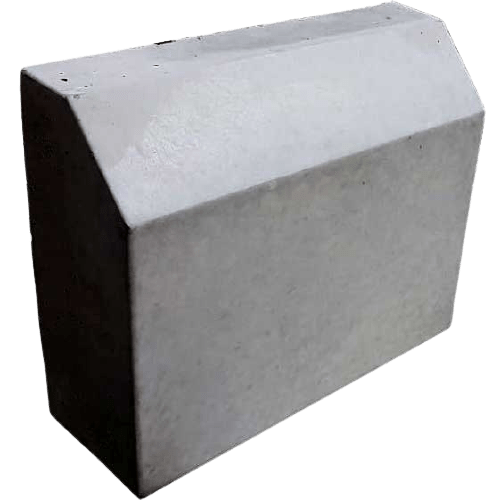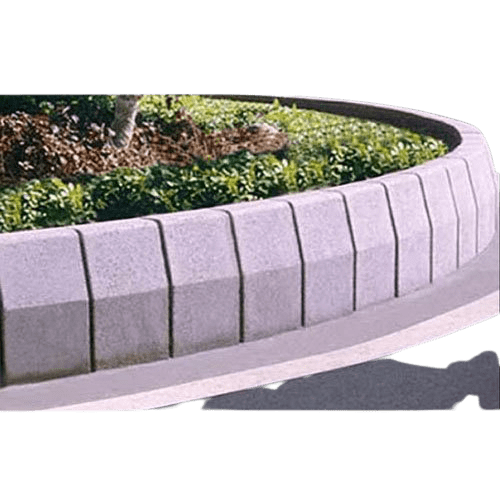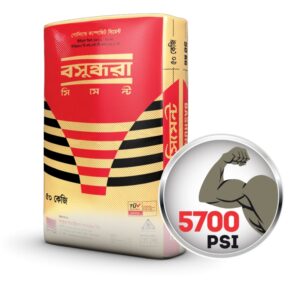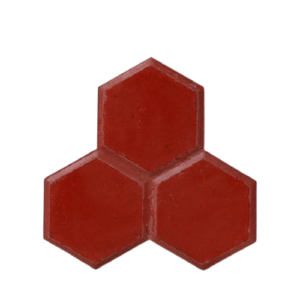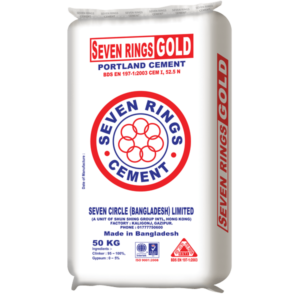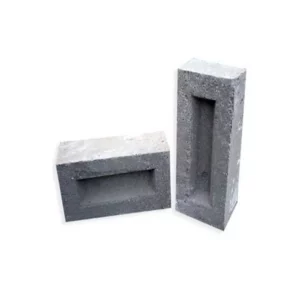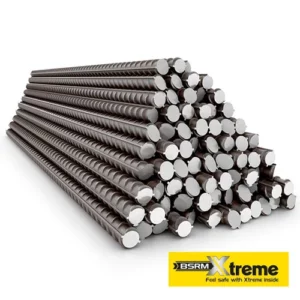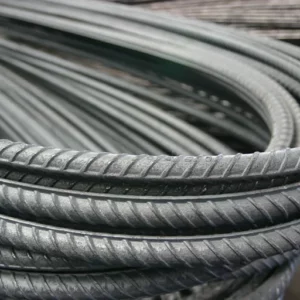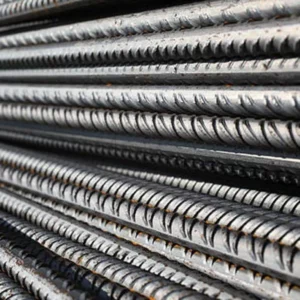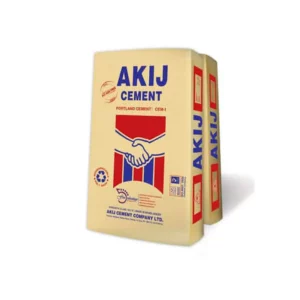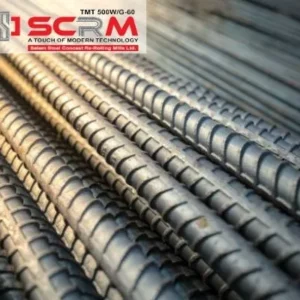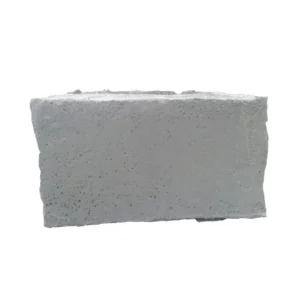Kerbstones
৳220.00৳230.00 (-4%)
The kerbstones are of a kind of rock called greywacke and they are thought to have been quarried and then dragged or carried by boat to the Boyne Valley from Clogher Head some twenty kilometers to the northeast, up the coast from the mouth of the Boyne.It is made up of grains, usually of quartz or feldspar. If the grains are very small then the sedimentary rock may be called a siltstone. These fine grained sediments often flake fairly easily and if used as kerbstones quite often look rather worn and battered.
We are Wholesaler & Manufacturer, So Price is Hidden.
Chat with WhatsAppPay With BkashHow To OrderThe kerbstones are of a kind of rock called greywacke and they are thought to have been quarried and then dragged or carried by boat to the Boyne Valley from Clogher Head some twenty kilometers to the northeast, up the coast from the mouth of the Boyne.It is made up of grains, usually of quartz or feldspar. If the grains are very small then the sedimentary rock may be called a siltstone. These fine grained sediments often flake fairly easily and if used as kerbstones quite often look rather worn and battered.
Specifications for Kerb stones
- The face of the kerb stone shall not exhibit defects such as cracking or flaking when examined
- For Kerbs if produced with facing layer, the facing layer shall have a minimum thickness of 4MM over that area claimed by the manufacturer to be faced
- For Faces Described as a flat and edge described as straight, the permissible deviations on flatness and straightness.The kerbstone material must be tested at the manufacturer’s laboratory before dispatch for Binding strength, water absorption and dimensional accuracy.


